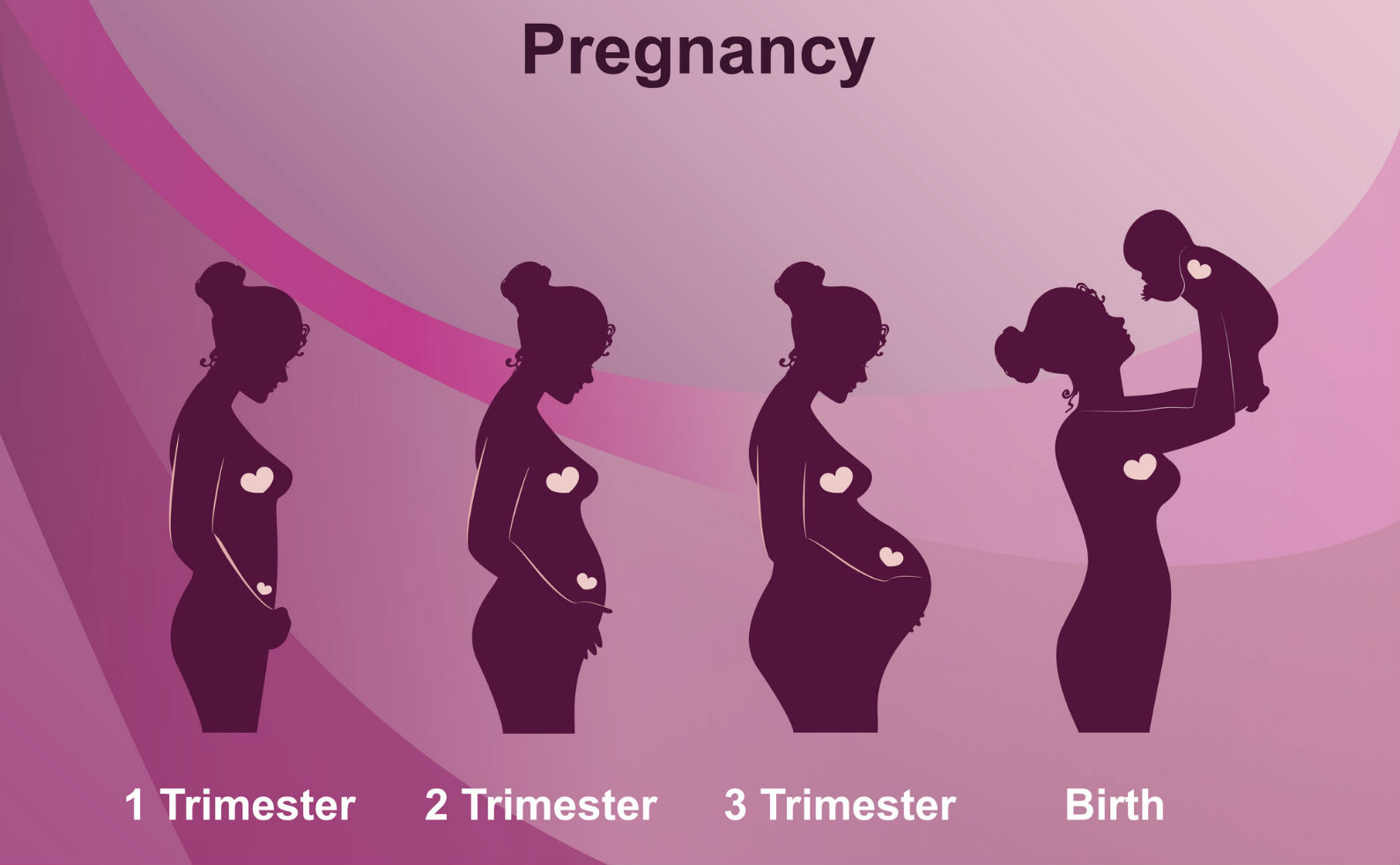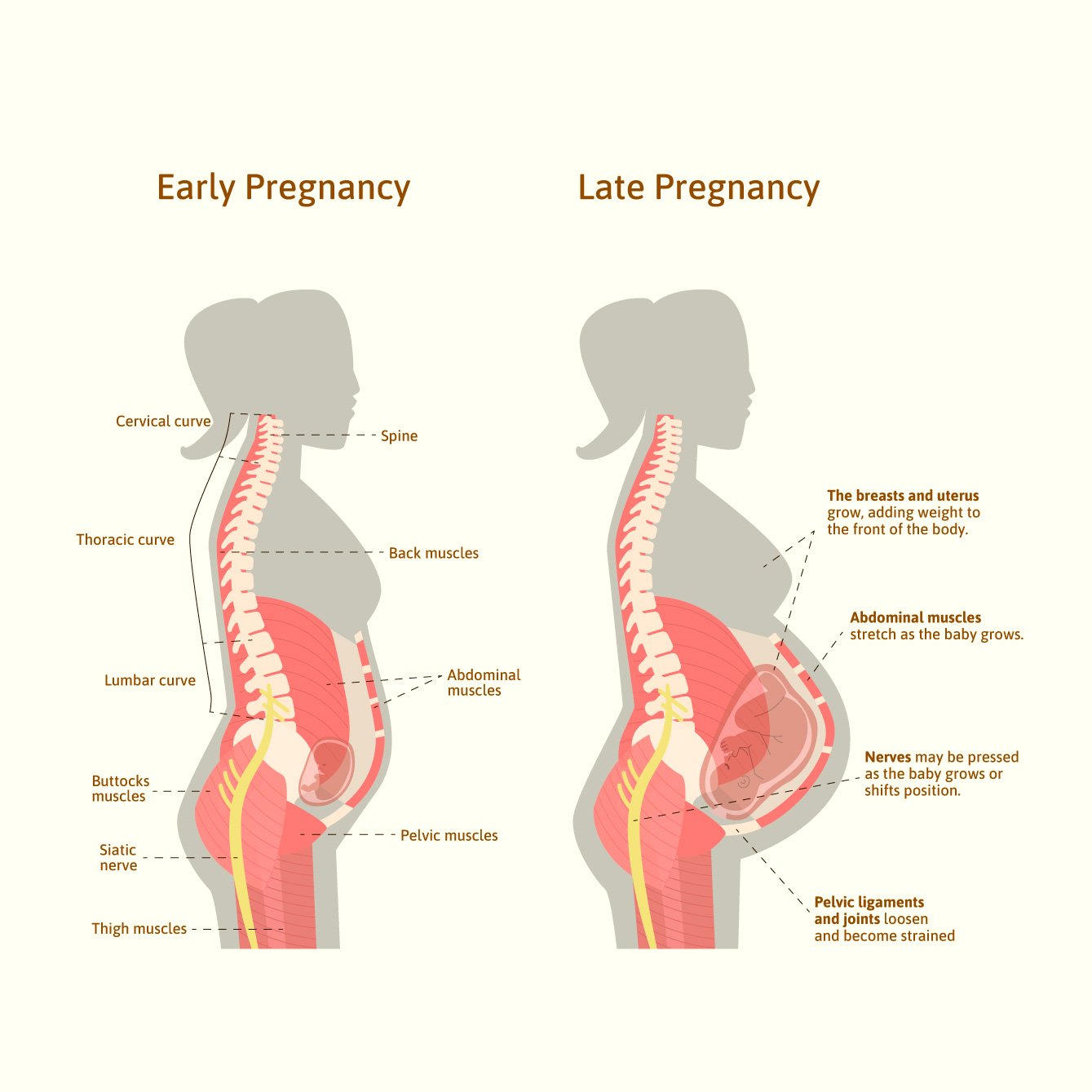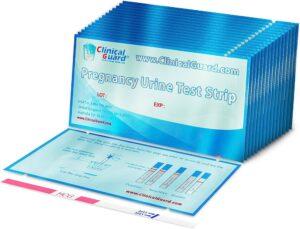Every woman needs to know about Pregnancy Changes. Pregnancy brings significant physical and emotional changes to a woman’s body. Hormonal fluctuations, weight gain, and mood swings are common experiences.
Pregnancy is a transformative journey that affects every aspect of a woman’s life. As the body adapts to nurture new life, various changes occur. These shifts can be both exciting and challenging. Expecting mothers may notice changes in their skin, appetite, and energy levels.
Understanding these pregnancy changes can help women prepare for the months ahead. Knowledge empowers women to embrace their unique experiences and navigate this new chapter with confidence. Support systems, such as family and healthcare providers, play a vital role in managing these changes. Staying informed about what to expect can lead to a healthier and more enjoyable pregnancy.
The Journey Begins: First Trimester Transformations
The first trimester is an exciting time. It marks the start of your pregnancy journey. Your body goes through many changes. These changes can be surprising and overwhelming. Understanding these changes helps you prepare for what’s ahead.
Early Signs And Symptoms
Early pregnancy signs can vary for each woman. Some common signs include:
- Missed Period: This is often the first sign.
- Nausea: Morning sickness can happen any time.
- Fatigue: You may feel more tired than usual.
- Breast Changes: Your breasts may feel sore or swollen.
- Frequent Urination: You may need to visit the bathroom often.
These symptoms can begin as early as the first week. They signal that your body is adjusting to pregnancy.
Emotional Waves And Coping Strategies
Pregnancy brings many emotions. You might feel happiness, anxiety, or mood swings. These feelings are normal. Here are some coping strategies:
- Talk About Your Feelings: Share your thoughts with friends or family.
- Practice Relaxation: Try deep breathing or meditation.
- Stay Active: Light exercise can boost your mood.
- Join a Support Group: Connect with other pregnant women.
Finding healthy outlets for your emotions is vital. Remember, it’s okay to feel a mix of emotions during this time.

Credit: americanpregnancy.org
Second Trimester Shifts: The Body Adapts
The second trimester is a time of significant change. Your body adjusts to support your growing baby. Many women feel more energetic during this stage. Understanding these changes helps you prepare for what’s ahead.
Physical Changes
During the second trimester, your body undergoes several physical changes:
- Belly Growth: Your baby bump becomes noticeable.
- Weight Gain: Expect to gain 1 to 2 pounds per week.
- Skin Changes: Stretch marks may appear.
- Breast Changes: Breasts may feel fuller and heavier.
- Increased Energy: Many women experience a boost in energy.
These changes can vary for each woman. Some may feel more discomfort, while others enjoy this phase. Listen to your body and adjust your routine as needed.
Baby’s Growth
Your baby’s growth progresses rapidly during the second trimester. Here’s what happens:
| Week | Baby’s Size | Development Milestones |
|---|---|---|
| 13 | Peach | Organs begin to function. |
| 20 | Banana | Baby can hear sounds. |
| 24 | Ear of Corn | Baby starts to gain weight. |
Your baby is developing rapidly. They are moving and kicking, which you may start to feel. Enjoy these moments as your connection grows.
Nutrition And Exercise For Two
- Include:
- Fruits and vegetables
- Whole grains
- Lean proteins
- Dairy products
- Avoid:
- Processed foods
- High-sugar snacks
- Excess caffeine
Stay active with safe exercises like:
- Walking
- Swimming
- Pregnancy yoga
Exercise helps improve mood and energy. Always consult your doctor before starting new routines.
“`
Third Trimester Countdown: Preparing For Arrival
The third trimester is an exciting time. Expectant parents prepare for their baby’s arrival. The body undergoes many changes. Emotions run high as the big day approaches. Understanding these changes helps ease concerns.
Nesting Instincts And Pre-labor Changes
Nesting instincts kick in during the third trimester. This natural urge drives parents to create a safe space for the baby. Here are some common nesting behaviors:
- Cleaning and organizing the home
- Setting up the nursery
- Preparing meals for after the baby arrives
Pre-labor changes also occur. These changes signal that labor is near:
- Lightening: The baby drops lower into the pelvis.
- Increased Braxton Hicks: More frequent practice contractions.
- Changes in cervical mucus: May become thicker or show signs of discharge.
| Pre-Labor Change | Signs |
|---|---|
| Lightening | Relief in the upper abdomen, increased pelvic pressure |
| Increased Braxton Hicks | More noticeable, irregular contractions |
| Cervical Changes | Softening or dilation of the cervix |
The Birth Plan: Choices And Considerations
A birth plan outlines preferences for labor and delivery. Parents can make informed choices during this special time. Consider these key factors:
- Location: Hospital, birthing center, or home?
- Support team: Who will be present during labor?
- Pain management: Options include epidurals, medications, or natural methods.
- Delivery preferences: Vaginal birth, C-section, or other methods?
Discussing the birth plan with healthcare providers is essential. It ensures everyone understands the preferences. Flexibility is key. Birth plans may need adjustments during labor.
Birthing Experience: Welcoming New Life
The birthing experience is a profound moment. It marks the transition from pregnancy to parenthood. Each labor and delivery is unique, filled with emotions and anticipation. Understanding what to expect can help ease anxiety.
Labor And Delivery: A Range Of Experiences
Labor and delivery can vary widely among women. Here are some common experiences:
- Natural Birth: Many women prefer this method. It involves no medical interventions.
- Medicated Birth: Pain relief options are available. Epidurals are a popular choice.
- C-Section: Some women need a cesarean delivery. This is often planned or needed for safety.
Each type of delivery has its benefits and challenges. Discussing options with a healthcare provider is essential.
Immediate Postpartum: The Golden Hour
The first hour after birth is crucial. This time is often called the Golden Hour. It allows bonding between mother and baby.
| Benefits of the Golden Hour |
|---|
| Helps with breastfeeding initiation. |
| Regulates baby’s body temperature. |
| Promotes emotional bonding. |
| Stabilizes baby’s heart rate. |
This special time helps build a strong connection. Mothers should try to hold their babies skin-to-skin. This practice enhances warmth and comfort.
Postpartum Body: The Recovery Phase
The postpartum period is a significant time for new mothers. The body undergoes many changes. Understanding these changes helps in recovery. This phase involves both physical healing and emotional adjustments.
Physical Healing After Childbirth
After childbirth, the body needs time to heal. Different areas require attention. Here are some key areas of recovery:
- Uterus: It shrinks back to its normal size.
- Vaginal Area: Healing occurs from tears or episiotomy.
- Breasts: They may become engorged as milk comes in.
- Weight: Gradual weight loss is typical over months.
Healing varies for each woman. Regular check-ups ensure proper recovery. Engage in gentle exercises as approved by a doctor.
Emotional Health: Baby Blues Vs. Postpartum Depression
Emotional health is crucial during recovery. Many women experience mood swings. This can be due to hormonal changes. It’s important to recognize the difference between baby blues and postpartum depression.
| Aspect | Baby Blues | Postpartum Depression |
|---|---|---|
| Duration | Lasts a few days to two weeks | Persists for weeks or months |
| Symptoms | Mild mood swings, irritability | Severe sadness, anxiety, feelings of worthlessness |
| Impact on Daily Life | Minimal disruption | Significant disruption in daily activities |
If feelings of sadness persist, seek help. Talking to friends, family, or professionals is essential. Taking care of emotional health is as important as physical recovery.
Breastfeeding Basics: Nourishment And Bonding
Breastfeeding is a natural way to nourish your baby. It provides essential nutrients and fosters a strong bond. This journey can be rewarding yet challenging. Understanding the basics can help you navigate this special time.
Latching On: Tips For Success
Getting your baby to latch on correctly is crucial. A good latch helps with comfort and milk flow. Here are some helpful tips:
- Hold your baby close to your chest.
- Support your breast with your hand.
- Tickle your baby’s lips with your nipple.
- Wait for them to open their mouth wide.
- Quickly bring your baby to your breast.
Check for signs of a good latch:
- Your baby’s lips should be flared outward.
- They should take in a good portion of the areola.
- You should not feel pain during breastfeeding.
Addressing Common Breastfeeding Challenges
Many mothers face challenges while breastfeeding. Here are some common issues and solutions:
| Challenge | Solution |
|---|---|
| Sore nipples | Ensure a proper latch and use nipple cream. |
| Low milk supply | Nurse frequently and stay hydrated. |
| Engorgement | Pump or hand express milk. |
| Clogged ducts | Massage the area and continue breastfeeding. |
| Baby not latching | Try different positions and consult a lactation expert. |
Every mother’s journey is unique. Seek support from friends, family, or professionals. Connecting with others can make a difference.
Baby’s Milestones: Celebrating Growth
Watching your baby grow brings joy. Each milestone marks a moment of development. Celebrate these achievements as they show your baby’s progress.
Tracking Development: What To Expect
Understanding your baby’s growth helps you stay prepared. Here is a simple timeline of milestones:
| Age | Milestone |
|---|---|
| 0-3 months | Smiles, coos, and eye contact |
| 4-6 months | Rolling over and reaching for toys |
| 7-9 months | Sitting up and babbling |
| 10-12 months | First steps and simple words |
These milestones show your baby’s growth. Mark your calendar to celebrate each one!
Stimulating Baby’s Senses And Learning
Encouraging your baby’s senses helps development. Use these fun activities to stimulate learning:
- Visual Stimulation: Use bright colors and patterns.
- Auditory Stimulation: Play soft music or nature sounds.
- Touch Exploration: Let your baby feel different textures.
- Movement Games: Gently rock or bounce your baby.
These activities support your baby’s growth and make learning fun. Celebrate each little discovery along the way!

Credit: americanpregnancy.org
Navigating Parenthood: Support And Resources
Becoming a parent is a life-changing experience. Support and resources help ease the transition. Finding the right connections makes a big difference. Parents can share experiences and advice. It creates a sense of community.
Finding Your Tribe: Connecting With Other Parents
Connecting with other parents is essential. It offers emotional support and practical advice. Here are some ways to find your tribe:
- Join local parenting groups: Look for meetups in your area.
- Social media: Use platforms like Facebook to find groups.
- Attend workshops: Many places offer parenting classes.
- Visit community centers: They often host family events.
These connections provide valuable insights. Sharing tips and stories helps everyone feel less alone. Consider making friends with parents at your child’s school. These bonds can last a lifetime.
Balancing Self-care With New Responsibilities
Self-care is vital for new parents. It helps maintain mental and physical health. Here are some self-care tips:
- Set aside time: Schedule short breaks during the day.
- Practice mindfulness: Try meditation or deep breathing exercises.
- Stay active: Engage in light exercises or walks.
- Prioritize sleep: Rest whenever possible, even if it’s short.
Balancing responsibilities with self-care is challenging. Remember, taking care of yourself helps you care for your child. Share tasks with your partner or family. They can help lighten the load.

Credit: www.mazecordblood.com
Frequently Asked Questions
What Physical Changes Occur During Pregnancy?
Pregnancy brings various physical changes, including weight gain, breast enlargement, and skin changes like stretch marks.
How Does Pregnancy Affect Emotional Health?
Hormonal fluctuations can lead to mood swings, anxiety, and increased emotional sensitivity during pregnancy.
What Are Common Pregnancy Symptoms?
Common symptoms include nausea, fatigue, frequent urination, and breast tenderness, especially in the first trimester.
How Does Pregnancy Impact Sleep Patterns?
Many women experience disrupted sleep due to discomfort, hormonal changes, or anxiety during pregnancy.
What Dietary Changes Are Recommended During Pregnancy?
A balanced diet rich in fruits, vegetables, whole grains, and protein is essential for fetal development and maternal health.
Are There Changes In Libido During Pregnancy?
Libido can fluctuate during pregnancy, with some women experiencing increased desire while others may feel less interested.
How Does Pregnancy Affect Skin And Hair?
Pregnancy can cause glowing skin, but also acne and hair growth due to hormonal changes.
What Physical Activities Are Safe During Pregnancy?
Low-impact exercises like walking, swimming, and prenatal yoga are generally safe and beneficial during pregnancy.
Conclusion
Pregnancy brings a myriad of changes, both physical and emotional. Understanding these transformations can help expectant mothers navigate their journey with confidence. Embracing these changes fosters a stronger bond with your baby. Remember, each experience is unique, and seeking support is essential.
Celebrate this incredible journey into motherhood.
Visit our website to learn more about women best products.




